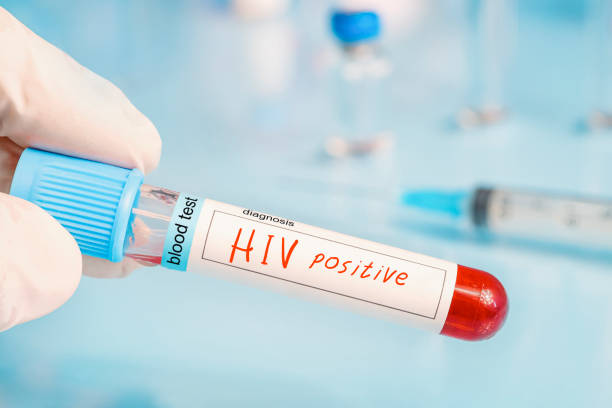Recognizing HIV Symptoms and Available Treatment Options
HIV (Human Immunodeficiency Virus) attacks the immune system, specifically targeting CD4 cells, which are crucial for immune function. If left untreated, HIV can progress to AIDS (Acquired Immunodeficiency Syndrome), a life-threatening condition. Early recognition of symptoms and timely treatment are essential for managing HIV effectively. In this article, we’ll explore the stages of HIV, common symptoms, and the various treatment options available to help control the virus.
Understanding HIV Infection
HIV (Human Immunodeficiency Virus) attacks the immune system, specifically targeting CD4 cells, which are crucial for immune function. If left untreated, HIV can progress to AIDS (Acquired Immunodeficiency Syndrome), a life-threatening condition. Early recognition of symptoms and timely treatment are essential for managing HIV effectively. In this article, we’ll explore the stages of HIV, common symptoms, and the various treatment options available to help control the virus.

Signs and Symptoms of HIV
HIV infection develops through three main stages, each characterized by different symptoms.
Early Symptoms of HIV:
The early symptoms of HIV typically emerge within 2 to 4 weeks after infection. This phase, known as acute retroviral syndrome (ARS) or primary HIV infection, may last for a few weeks and can resemble flu-like symptoms. Common signs include:
- Fever
- Rash
- Swollen lymph nodes
- Sore throat
- Muscle aches and joint pain
- Headaches
These symptoms may be mild but should not be ignored. They are often the body’s initial response to the virus.
Clinical Latency Stage (Chronic HIV Infection):
After the initial acute phase, HIV enters a period known as clinical latency or chronic HIV infection. This stage can last for several years if untreated, although symptoms are often mild or absent. People living with HIV may experience:
- Mild fever
- Chronic diarrhea
- Weight loss
- Ongoing fatigue
- Other infections, such as yeast infections
During this stage, the virus remains active but reproduces at low levels. With early treatment, this stage can be prolonged, and individuals can remain healthy for a long time.
AIDS (Acquired Immunodeficiency Syndrome):
If HIV remains untreated, it progresses to AIDS, the final and most severe stage of HIV infection. This stage is associated with a weakened immune system, making the body highly susceptible to opportunistic infections and certain cancers. Symptoms of AIDS include:
- Severe weight loss
- Recurring fever and night sweats
- Chronic diarrhea
- Fatigue and weakness
- Persistent skin rashes
- Mouth sores
- Swollen lymph nodes
- Pneumonia
- Cognitive changes like memory loss or depression
Treatment for HIV
Early diagnosis and treatment are critical in managing HIV. Antiretroviral therapy (ART) is the cornerstone of HIV treatment. ART involves a combination of drugs that work together to suppress the virus and prevent it from replicating. Starting treatment as soon as possible helps control the virus and prevents progression to AIDS.
HIV medications fall into several categories:
- NRTIs (Nucleoside Reverse Transcriptase Inhibitors):
Block the replication process.
- NNRTIs (Non-nucleoside Reverse Transcriptase Inhibitors):
Interfere with the enzyme reverse transcriptase.
- PIs (Protease Inhibitors):
Prevent HIV from maturing.
- Integrase Inhibitors:
Block the integration of viral DNA into the host cell.
By adhering to ART, individuals can achieve undetectable viral loads, meaning the virus is not transmissible through sexual contact, an important concept called U=U (Undetectable = Untransmittable). Treatment plans are personalized based on individual health status, including CD4 count and viral load.
Conclusion
HIV treatment should begin as soon as possible, particularly if the CD4 count is below 350 or if other complications are present. While no cure for HIV currently exists, ART offers a high quality of life for those living with the virus. Early intervention and ongoing care are essential for managing HIV effectively.